Like other sectors, agriculture is increasingly integrating technology into the production process. A professional drone can indeed greatly facilitate the work of farmers by flying over crops and determining the various essential indices: irrigation index, vegetation index, fertilizer index , etc. Equipped with multi-spectral cameras, the drone allows watering and fertilization to be carried out optimally. It can also be used to count animals on a farm or in game reserves.
Photogrammetry and topography
Drones can facilitate mining and quarrying work as well as earthmoving. The professional drone for photogrammetry offers many advantages. Indeed, the operator can work in complete safety and carry out topographic surveys more quickly . It allows a significant gain in precision and speed that can strengthen your business expertise. Photogrammetry drones offer quite incredible performance because they are easy to use and allow the automation of the tasks to be performed.
Building
In the field of construction, the professional drone allows access to difficult places to efficiently and quickly carry out a thermal diagnosis. The analysis of heat losses is thus carried out in an optimal manner. This device can also be of great help in the inspection of a roof, which allows a safer and more precise intervention of the professionals.
how to use a droneAll drones 800g or more must be registered by their owner on AlphaTango, the public portal for remote-controlled drone users . The drone then receives a registration number which must be permanently affixed, visible, on the drone and must allow reading at a distance of 30 cm, with the naked eye. The drone pilot must be able to provide proof of registration in case of control.
Drones cannot be flown at night (except with special permission from the local prefect).
Drones cannot fly over people, airports or airfields, private property (unless authorized by the owner), military installations, prisons, nuclear power plants, historical monuments or national parks.
Drones also cannot fly over ongoing fires, accident zones, or the vicinity of emergency services.
Professional drone pilots must pass a theoretical exam. The exam can be taken on the premises of the Civil Aviation Safety Department (DSAC). After passing the exam, the pilot will receive a theoretical telepilot certificate . The pilot must have it with him during all flights.
Professional drone pilots must also undergo basic practical training. The operator must define and provide the necessary additional training, taking into account the types of drones they use and the specific activities they perform. At the end of the training, the training organizations will give the remote pilots a training follow-up certificate for the corresponding scenarios . There are 4 different scenarios that the pilot can choose from.
In addition to pilot approval, the drone must also be approved by the DGAC.
In short, the use of a professional drone can be a real asset for your business. However, make sure that the equipment you use complies with the legislation in force.
The drone pilot must maintain a line of sight with his drone at all times . If a visual observer follows the drone, the pilot can fly out of his own field of vision.




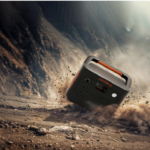



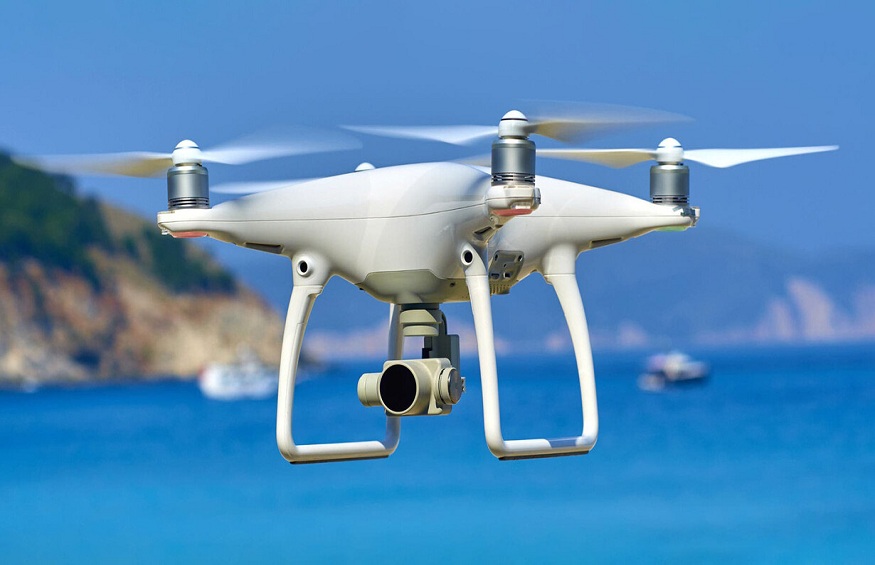
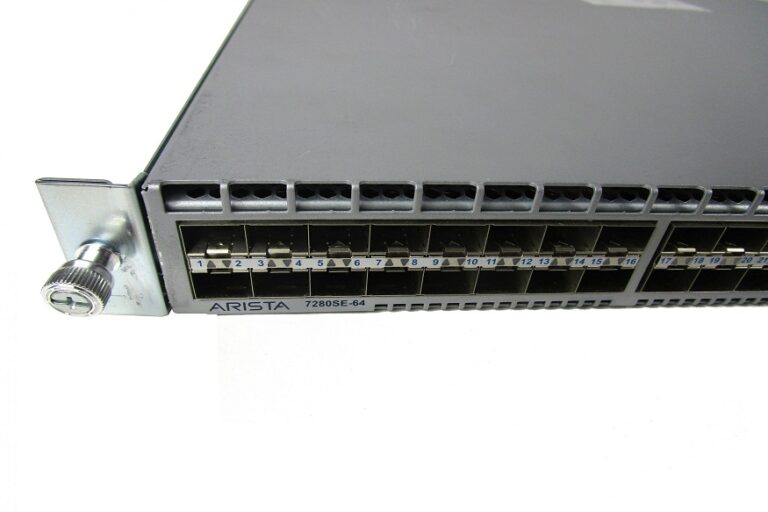
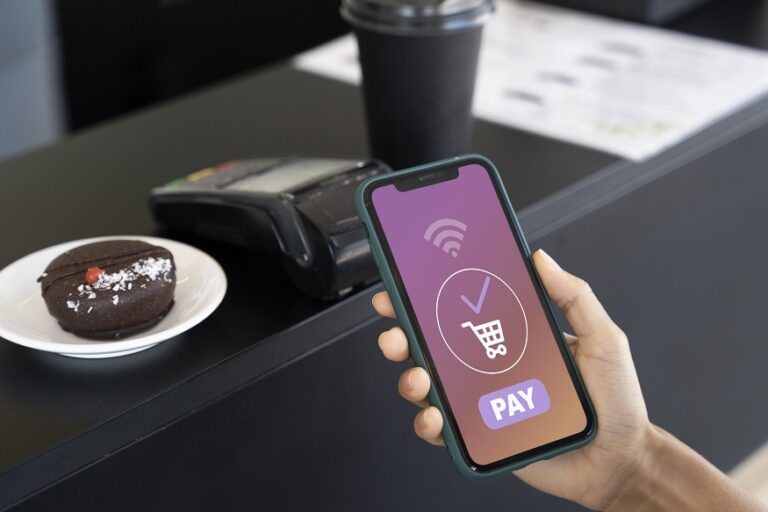




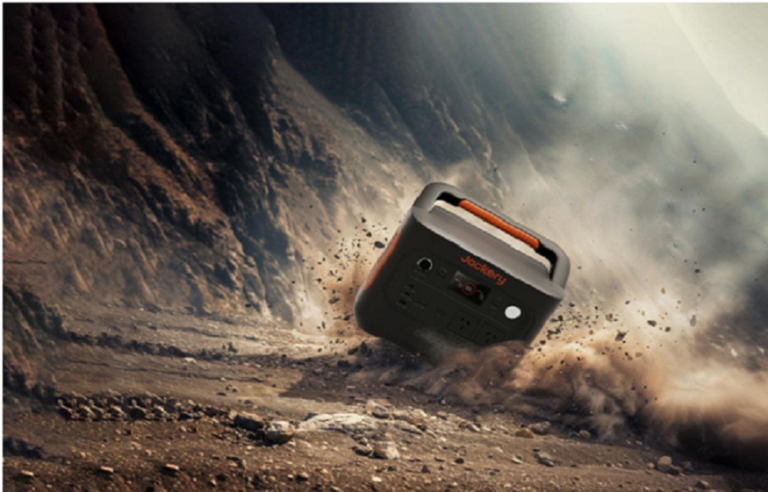


+ There are no comments
Add yours